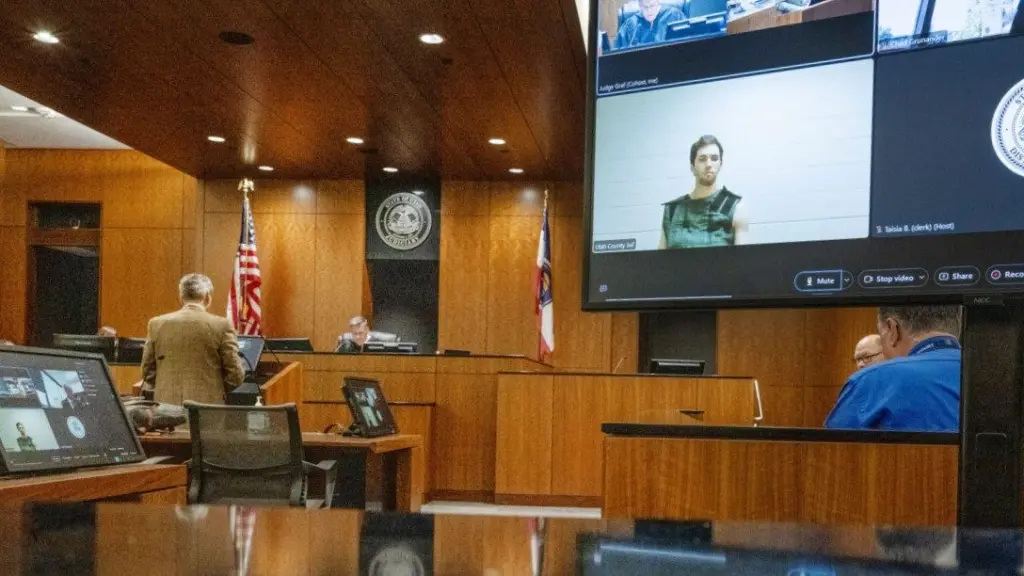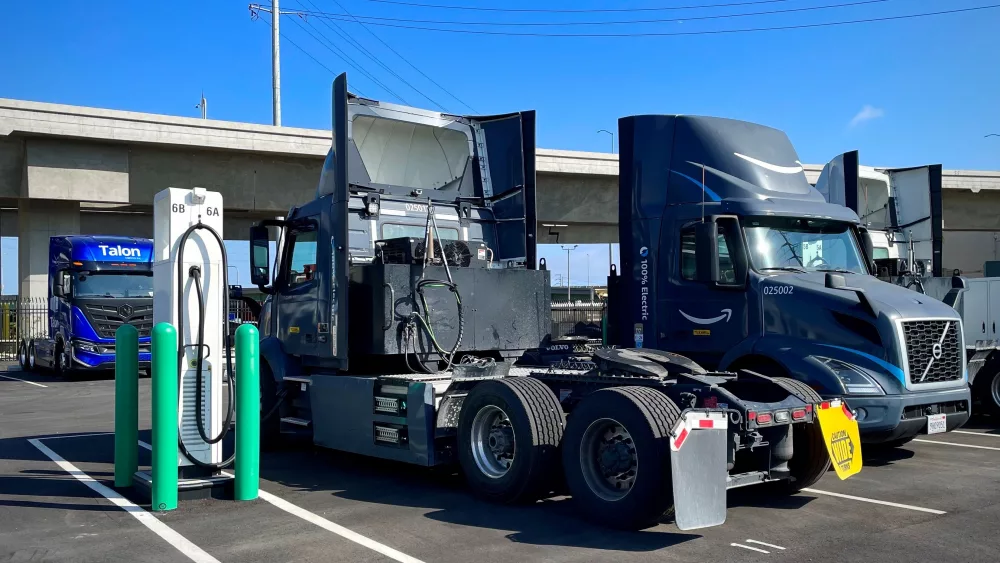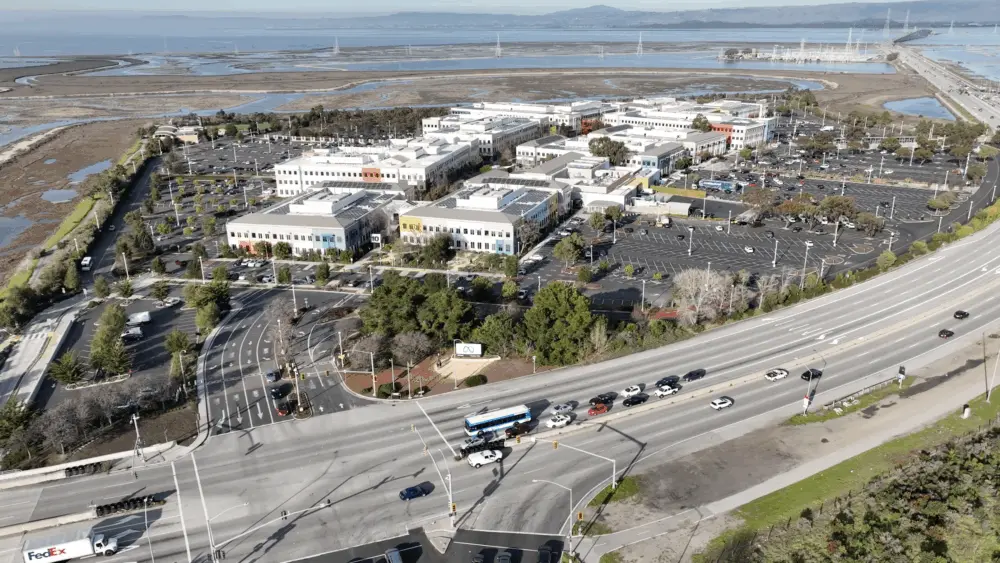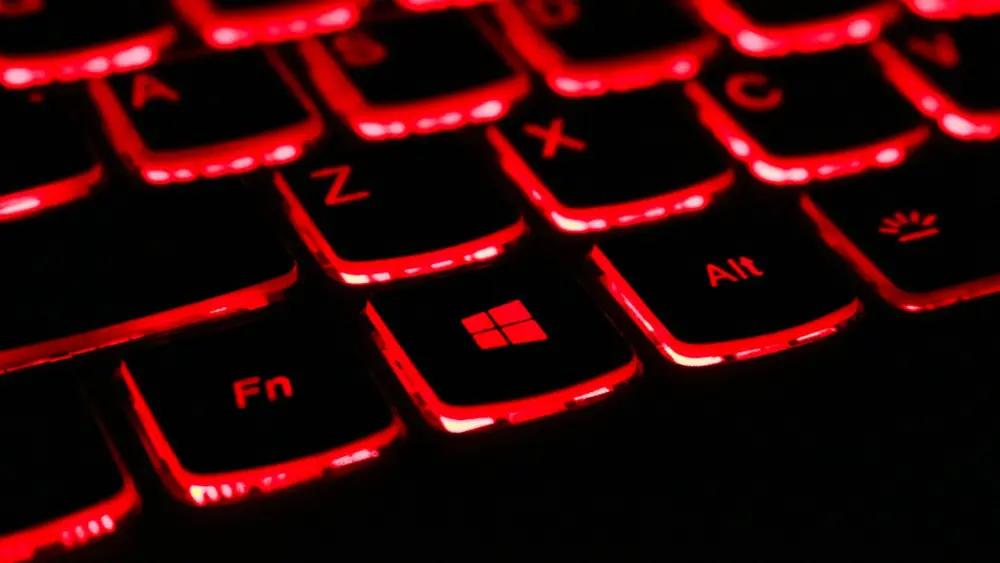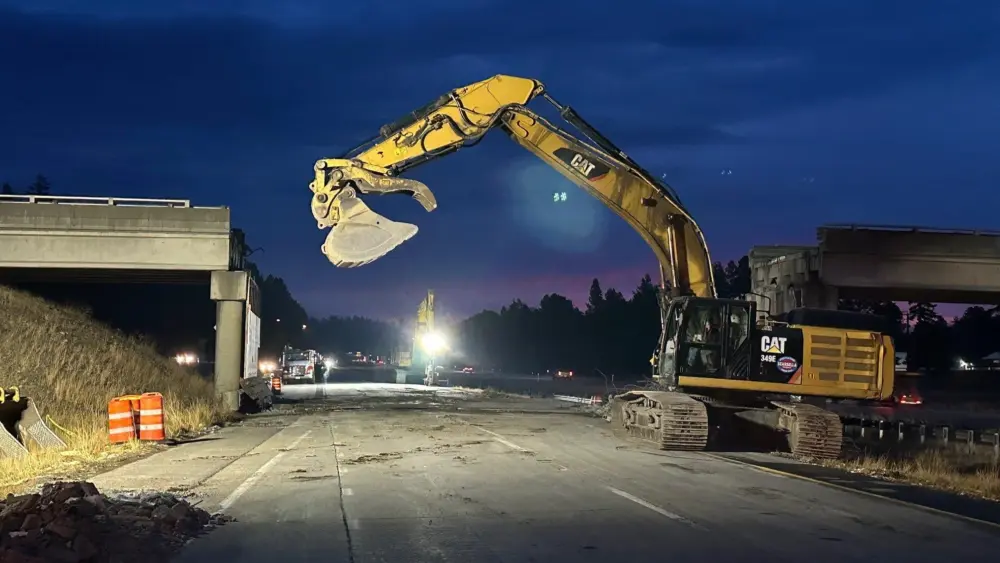PROVO, UT – A Utah judge has barred news media from taking some video and photos of Charlie Kirk’s accused killer — including any of his shackles — but wasn’t ready Monday to place further limits on what news cameras can capture inside the courtroom.
Fourth District Judge Tony Graf called media and public attention to the case “extraordinary.” He did not rule on a request from Tyler Robinson’s attorneys to restrict news coverage of the case, saying it required “further briefing.”
The case has drawn intense national attention after Kirk, a conservative activist and close ally of President Donald Trump, was shot and killed at Utah Valley University on Sept. 10. A family friend persuaded Robinson to turn himself in, ending a 33-hour manhunt, authorities said.
Robinson’s defense attorneys argue the publicity could harm his right to a fair trial.
“The court should limit media coverage, or video and photographic coverage, at the least, so the defendant’s appearance is no longer the subject of interest and he has some chance of securing a fair and impartial jury,” his legal team wrote in court papers filed last week.
They said the media’s right of access to criminal cases “is not absolute” and can be restricted altogether to ensure a fair trial.
Robinson has been charged with multiple crimes, including one count of aggravated murder, which is a capital offense in Utah. Prosecutors have announced they intend to seek the death penalty if Robinson is convicted.
First Amendment attorney Jeff Hunt told Utah News Dispatch that banning cameras from courtrooms altogether isn’t necessary. He noted that in Utah statute, there’s a presumption they’re allowed.
“The law sets a high bar to kick cameras and the public out of the courtroom, and for good reason,” Hunt said. “Electronic media coverage allows the public to actually see and hear what transpires in the courtroom, and have a fuller and more meaningful understanding of the proceedings.”
Courts have a range of tools they can use to protect the right to a fair trial, he said, including carefully vetting prospective jurors about the news they’ve read or watched on a case and widening a jury pool.
On Monday, the judge said the restrictions he ordered on photography strike “the proper balance between Mr. Robinson’s right to a fair proceeding and the public’s right to access and transparency.”
The judge also prohibited news cameras from showing him standing, coming in or leaving the courtroom. Graf said Robinson must wear physical restraints in court — the least restrictive ones necessary for safety — but can wear civilian clothes in court instead of a jail uniform.
Robinson’s attorneys had argued that prospective jurors seeing him in shackles and jail clothes would perceive him as “guilty and deserving of death.”
Monday’s virtual court proceedings followed a Friday hearing that was closed to the press and public.
Robinson appeared from the Utah County Jail with the camera off and spoke only when the judge asked if he could hear.
“Yes I can,” Robinson replied.
He returns to court for an in-person hearing on Jan. 16.
This story first appeared on Utah News Dispatch.

